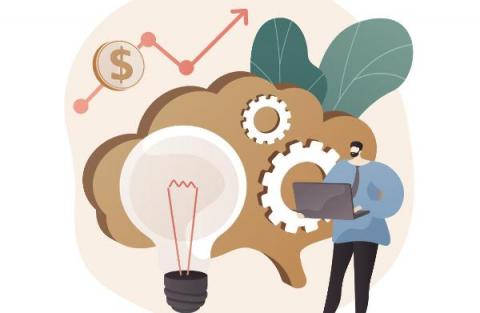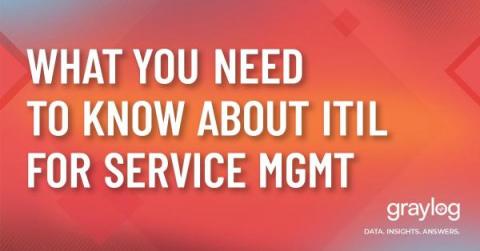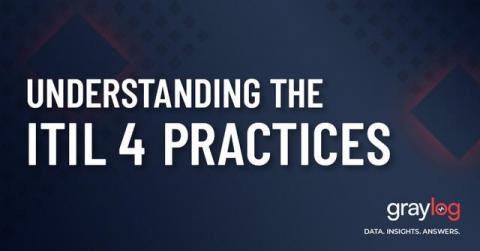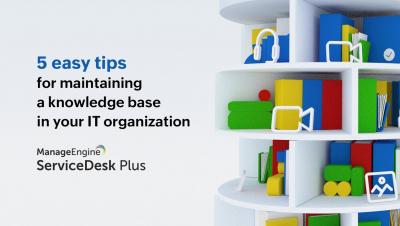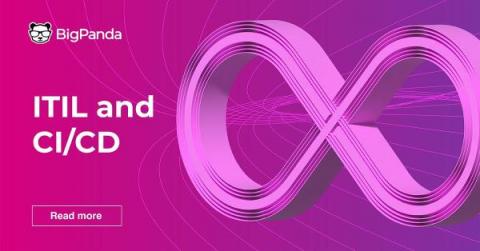ITIL vs. ITSM - What's the difference?
Companies depend on IT services to support their business operations, and to meet the demands of their customers. ITIL (Information Technology Infrastructure Library) and ITSM (Information Technology Service Management) are frameworks to help organizations manage their IT services. While these two do have elements in common, they also have important differences. ITIL is a set of best practices for IT service management which emphasizes the alignment of IT with the needs of the business.



